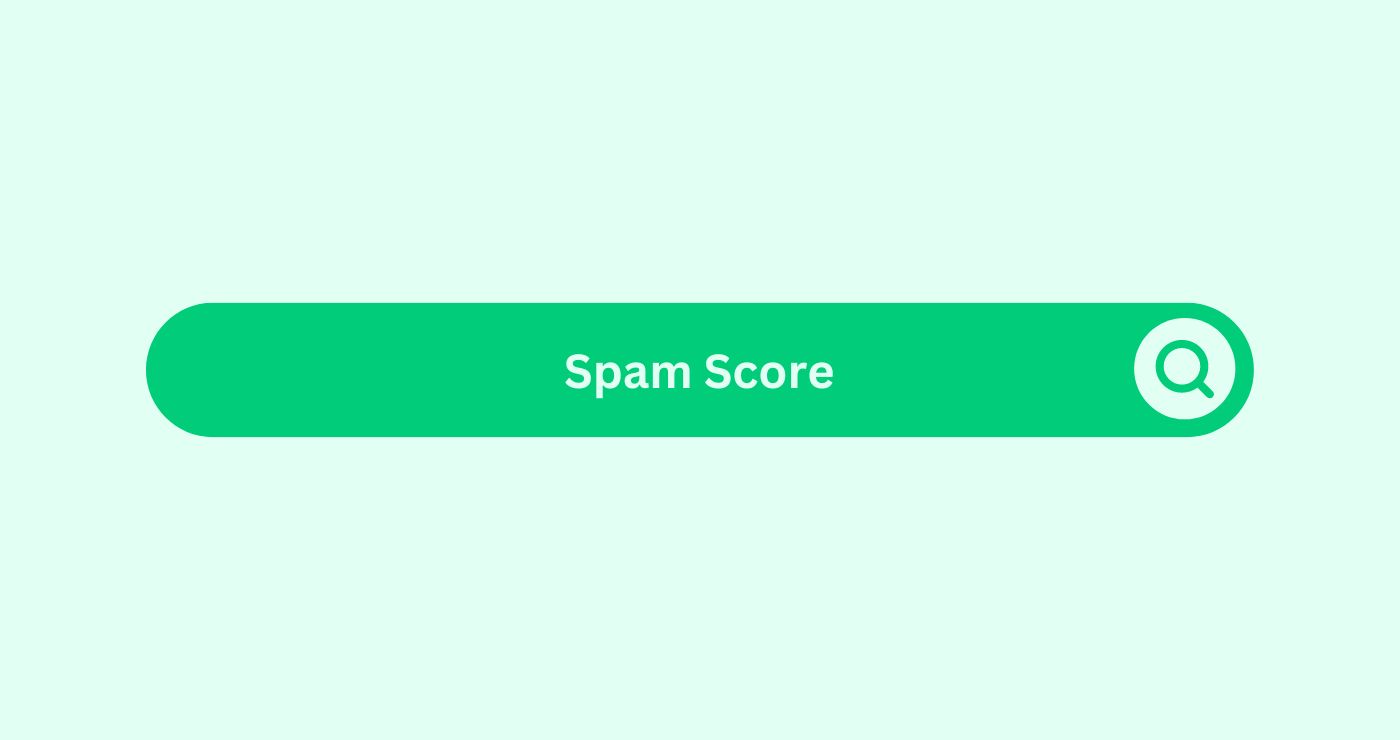Definition
Moz developed the Spam Score metric in the SEO space to predict the likelihood of search engines penalising or banning a website. It assesses various factors typically associated with spammy websites, assigning a score ranging from 0 to 17. The higher the score, the greater the likelihood that the site exhibits spam characteristics. This score is essential for SEO professionals, including those at an SEO company Auckland, as it helps identify potential risks associated with link-building strategies and overall website health. By monitoring and managing Spam Scores, businesses can maintain their website’s credibility and avoid penalties from search engines.
Spam Score is determined by various spam flags, including low-quality content, excessive keywordsDefinition Keywords are crucial for SEO success as they conn..., suspicious links, and other factors, to generate an overall score. Websites with a high Spam Score should improve their content and backlinksWhat are backlinks in the context of SEO? Backlinks, also kn... to avoid search engine penalties.
How You Can Use
Example
Consider that you are managing an SEO campaignDefinition An SEO campaign involves focused, Organised effor... for an online retailer. One of your strategies is to build backlinksWhat are backlinks in the context of SEO? Backlinks, also kn... from various websites to improve your site’s authority and search rankings. Before pursuing these backlinksWhat are backlinks in the context of SEO? Backlinks, also kn..., you should check the spam scores of the potential linking sites. Suppose you find that several sites you were considering have high Spam Scores. This information indicates that these sites could harm your SEO efforts rather than help them.
In this scenario, you decide to avoid high-risk sites and focus on acquiring backlinksWhat are backlinks in the context of SEO? Backlinks, also kn... from reputable sources with low Spam Scores. By doing so, you ensure that your link-building strategy strengthens your website’s authority without exposing it to the risk of penalties. Additionally, you can use the Spam Score to audit your current backlinksWhat are backlinks in the context of SEO? Backlinks, also kn..., identifying and disavowing those that come from spammy sites to protect your SEO health.
Spam Score Calculation
Spam Score is calculated based on a set of predefined spam flags that Moz has identified through extensive research. Each flag represents a specific factor commonly found in spammy websites. These flags include issues such as:
- Low MozTrust or MozRank scores.
- A large number of external links compared to internal links.
- A high ratio of follow-to-nofollow links.
- Overuse of anchor textWhat is anchor text in the context of SEO? Anchor text refer... keywordsDefinition Keywords are crucial for SEO success as they conn....
- Thin or duplicate contentDefinition Duplicate content in the SEO space refers to iden....
Each of these flags contributes to the overall Spam Score, which is the total number of flags triggered. For example, if a website triggers 7 out of the 17 possible spam flags, its Spam Score would be 7. The higher the number of flags, the more likely the website is considered spammy.
Key Takeaways
- Spam Score helps identify potential risks associated with websites.
- It is crucial for managing and optimizing backlink strategies.
- A high Spam Score indicates a greater likelihood of being penalized by search engines.
- Regular monitoring can help maintain website credibility and SEO health.
- Addressing spam flags can reduce the Spam Score and improve site quality.
FAQs
What is Spam Score in SEO?
Spam Score is a metric that predicts the likelihood of a website being penalized or banned by search engines based on various spam indicators.
Why is Spam Score important?
It helps identify potential risks and maintain the credibility and health of your website, preventing penalties from search engines.
How is Spam Score calculated?
Spam Score is calculated based on the number of spam flags triggered, with each flag representing a common characteristic of spammy websites.
What factors contribute to a high Spam Score?
Factors include low MozTrust or MozRank scores, excessive external links, a high ratio of follow to nofollow links, overuse of anchor textWhat is anchor text in the context of SEO? Anchor text refer... keywordsDefinition Keywords are crucial for SEO success as they conn..., and thin or duplicate contentDefinition Duplicate content in the SEO space refers to iden....
How can I reduce my website's Spam Score?
You can reduce your Spam Score by addressing the spam flags triggered, such as improving content quality, diversifying anchor texts, and ensuring a healthy balance of internal and external links.
Can a high Spam Score affect my search rankings?
Yes, a high Spam Score can leadDefinition A Lead in the context of SEO refers to a potentia... to penalties from search engines, which can negatively impact your search rankings.
How often should I check my website's Spam Score?
Regular checks, such as monthly or quarterly, are recommended to ensure ongoing website health and avoid potential penalties.
What tools can I use to check Spam Score?
Moz’s Link ExplorerDefinition Link Explorer is a powerful tool used in the SEO ... is the primary tool for checking a website's Spam Score.
Can I still use links from sites with a high Spam Score?
It is generally advised to avoid links from sites with high Spam Scores to prevent potential SEO risks and penalties.
Does a low Spam Score guarantee my site won't be penalized?
While a low Spam Score reduces the risk, it does not guarantee immunity from penalties. It is essential to maintain overall SEO best practices.




